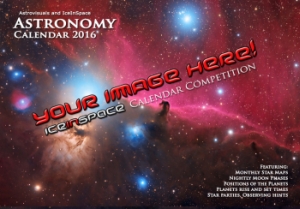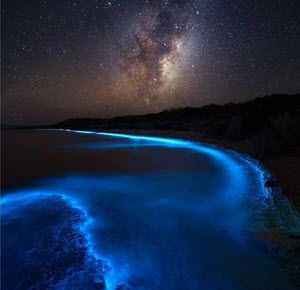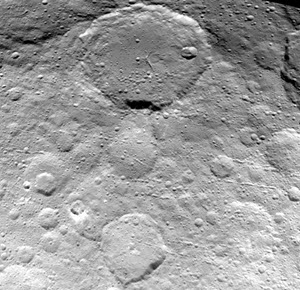Updates in this Newsletter- Final Days for Submissions for the 2016 IceInSpace Astronomy Calendar!
- Bioluminescence and the Milky Way, from Tasmania
- Up Close on Ceres, the Solar System's Largest Asteroid
* Final Days for Submissions for the 2016 IceInSpace Astronomy Calendar!

We've had some great entries so far, however it's not too late to submit your images! There's just a couple of days remaining to submit your images, and we'd love to see them!
For more information about how to submit your images, check out the article here:
IceInSpace Calendar Competition 2015
Image submission closes at 5pm on the 5th June, so get started now! Each photographer can submit up to 6 images.
We're particularly short on Planets (incl conjunctions), Moon shots, and Comets. If you have some of those that you love, get them in!
* Bioluminescence and the Milky Way, from Tasmania

Bioluminescence and the Milky Way, from Tasmania, 18/5/15.
Credit:
James Garlick.
The bioluminescence is caused by blooms of large single-cell organisms called dinoflagellates. The particular dinoflagellate glowing in the Australian waters is the Noctiluca scintillans species. The intense display of light occurs when the dinoflagellates are stimulated by external forces. These forces can be anything from a boat passing by, a wave breaking or someone throwing rocks into the water.
See more pics & read more on
CNN.
James writes, "Right now in the southern waters of Tasmania we are experiencing an amazing presence of bioluminescent phytoplankton. It was mind blowing stepping out of my car and seeing this entire foreshore glowing. With every little movement in the water an awesome burst of blue would appear. I never thought I'd actually get to see this wonderful phenomenon in person.
Photographed on the South Arm Peninsula, Tasmania, Australia."
Shot with a Canon 5DmkIII + 14mm f/2.8, 25secs & 3200iso.
Check the
comments on our Facebook page for more pics and links.
- Suzy
* Up Close on Ceres, the Solar System's Largest Asteroid

The Dawn spacecraft is now close enough to Ceres, our Solar System's largest asteroid, to get amazing close-up images; showing crater chains formed when a bigger impact splashed out debris which then fell back down onto the surface.
For more images and story, head to
Phil Plait's site on Slate.
Thanks for reading! Keep looking up!